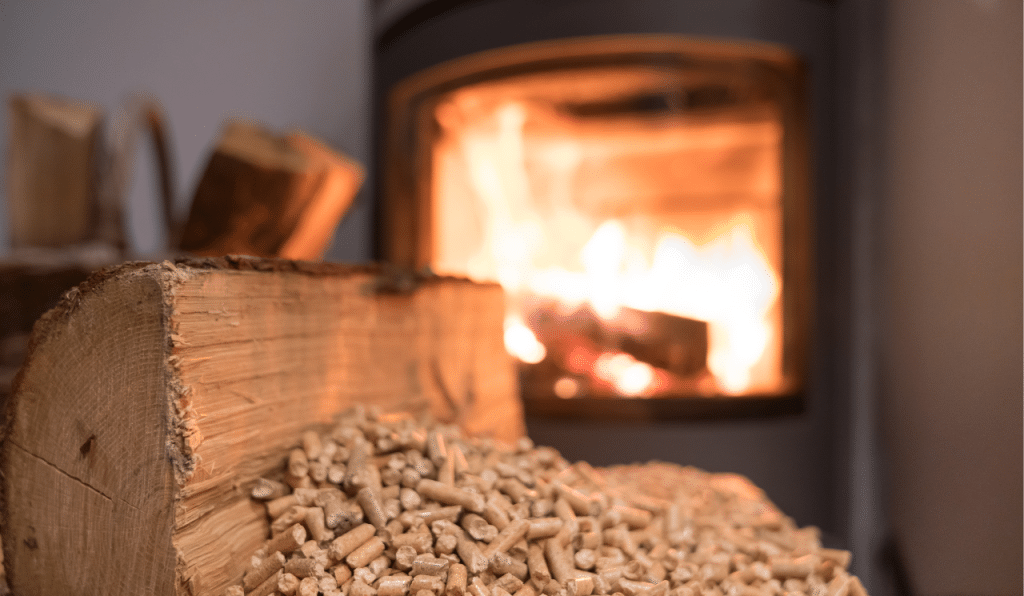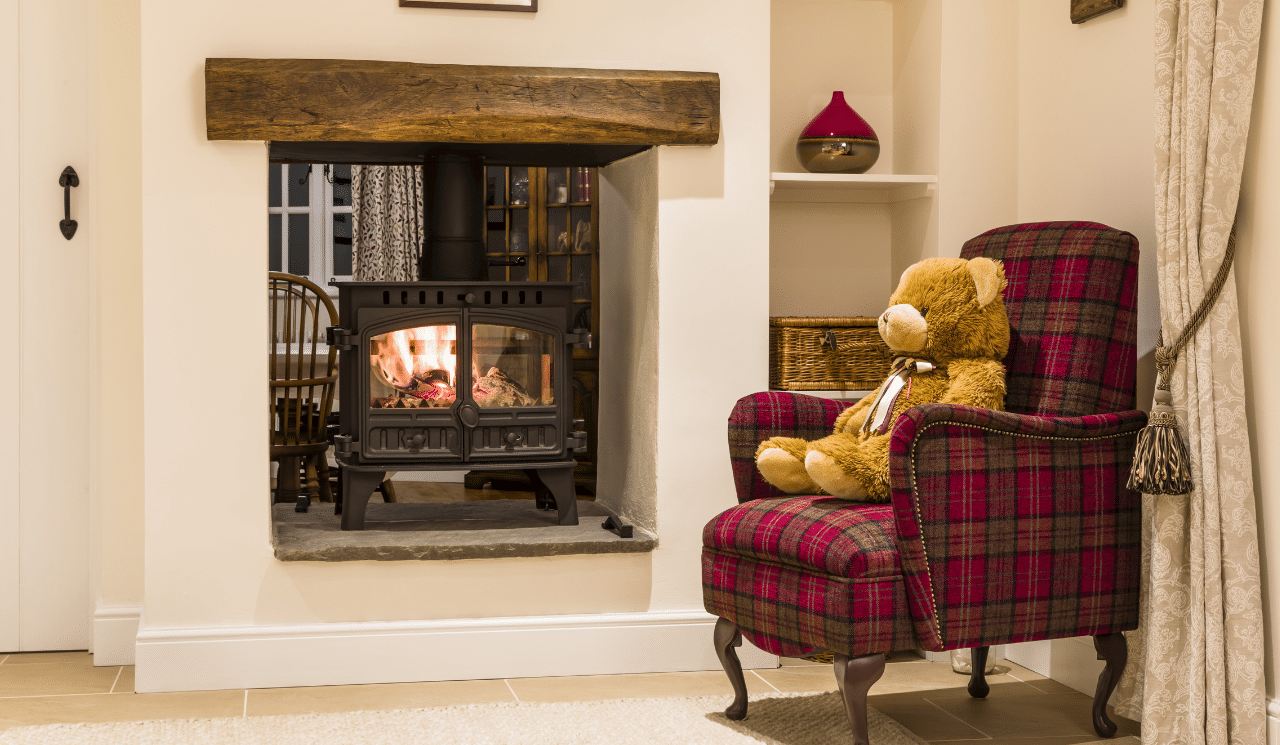Wood-burning stoves are making a comeback in the world of home design, and for good reason! Not only do they provide a beautiful ambiance to any room, but they also offer an efficient way to heat your home during those chilly winter months. In this post, we’ll explore the ins and outs of wood-burning stoves and how to choose the right one for your home.
Gone are the days when wood-burning stoves were only found in ski cabins and lodges. Thanks to new design concepts, wood-burning stoves have become a stylish and practical addition to any home. They can be installed in any room of your house, but they’re most often found in living or dining rooms, as well as on patios. Unlike traditional fireplaces, wood-burning stoves are designed for heating and even cooking, and they come in a variety of shapes, sizes, and materials to match any decor style.
One of the benefits of a wood-burning stove is that it’s freestanding, meaning it can radiate more heat throughout a room than a traditional fireplace. Most wood-burning stoves are made of materials like stainless steel, soapstone, or ceramics, and they can remain sleek and modern thanks to the use of new materials such as fireproof glass and stainless steel details. The shape of these stoves is most commonly tall and cylindrical, with built-in wood storage under the burning chamber.
When selecting a wood-burning stove, it’s important to consider the size of the space you want to heat. You want the stove to be substantial enough to heat the room, but not so large that it overheats your home. It’s also important to choose a location that won’t interfere with the flow of foot traffic in the room. A stove surrounded by windows can be a great solution, and the fire chamber door should face the room. It’s important to make sure your stovepipe meets your local building codes and complies with any clearance requirements.
Efficiency is an important consideration when choosing a wood-burning stove. The efficiency of a stove depends on how much of its combustion energy turns to heat, which in turn depends on how well it burns wood. Even the best wood-burning stoves don’t burn all the wood completely, which means that the smoke is composed of unburned wood particles. Another factor that impacts a stove’s efficiency is how much heat escapes through the chimney.

There are several benefits to choosing a wood-burning stove and heater over an electric one. Here are some of the key advantages:
- More cost-effective: While electric heaters may be convenient, they can be costly to run. In contrast, wood is a renewable resource and relatively inexpensive to purchase. By opting for a wood-burning stove, you can save money on your heating bills over time.
- Aesthetically pleasing: Wood-burning stoves are often seen as more attractive and charming than electric heaters. They can add character and warmth to a home, as well as being a focal point for a room.
- Energy efficient: Wood-burning stoves are also more energy efficient than electric heaters. Because they use a renewable resource, they have a smaller carbon footprint and are a more sustainable option for heating your home.
- Increased warmth: A wood-burning stove can produce a more intense and long-lasting heat than an electric heater, making them particularly effective in colder climates.
- Cooking capabilities: Many wood-burning stoves are designed with a built-in cooking surface or oven. This means that you can use them not only for heating your home, but also for cooking food and baking.
- Back-up heating source: In the event of a power outage, a wood-burning stove can provide a reliable and independent source of heat, ensuring that your home remains warm and comfortable.
- Unique ambiance: There is something special about the ambiance created by a wood-burning stove. The flickering flames and soft crackling sounds can create a cozy, inviting atmosphere that simply cannot be replicated with an electric heater.
To improve the efficiency of your wood-burning stove, consider having a professional fireplace expert perform a chimney sweep. If you notice a lot of smoke is being produced during the wood burning, you may need to alter the size of your stove opening or reconfigure the existing fire chamber. Upgrading your fire basket can also improve air circulation and heat efficiency.
Wood-burning stoves today offer a great variety of looks and designs to suit any home style. Painted black, brushed steel, or even red, these stoves come with generous glass doors that allow you to admire the dancing flames during the cold winter season. Some models even come with built-in ovens or grills, making them a versatile addition to any home.
Overall, a wood-burning stove can be a great way to add warmth and ambiance to your home. By choosing the right size and location for your stove and ensuring its efficiency, you’ll be able to enjoy cozy nights by the fire for years to come.





